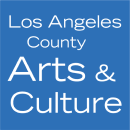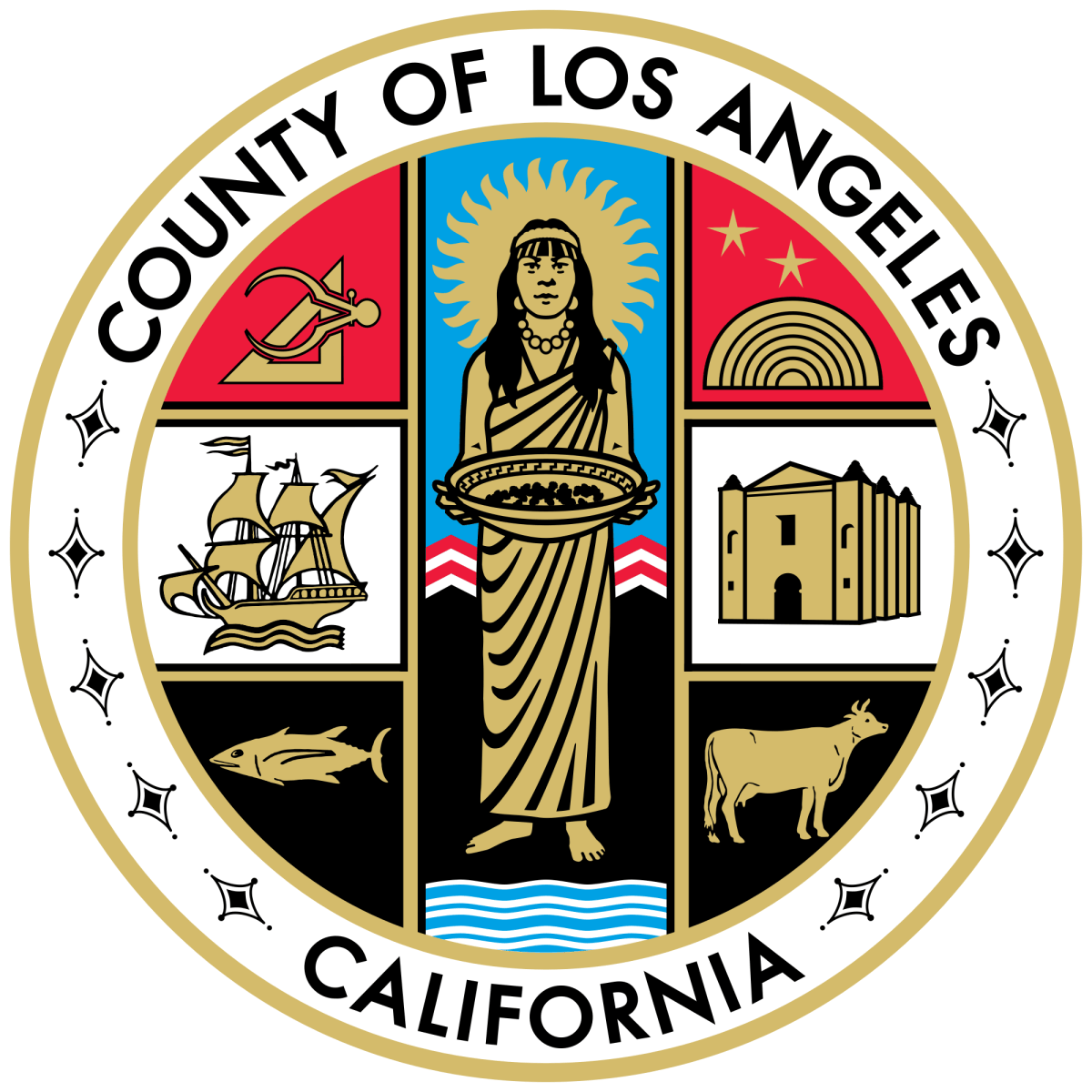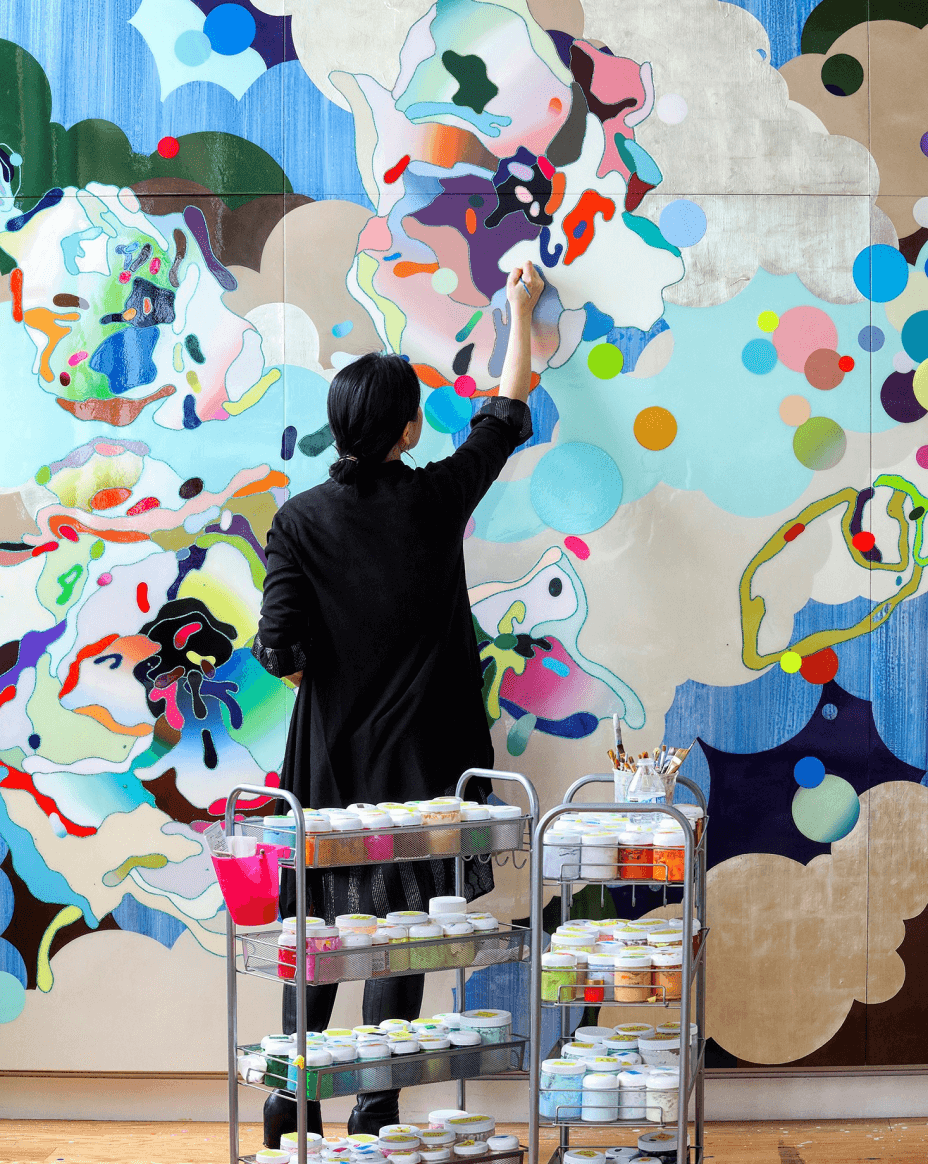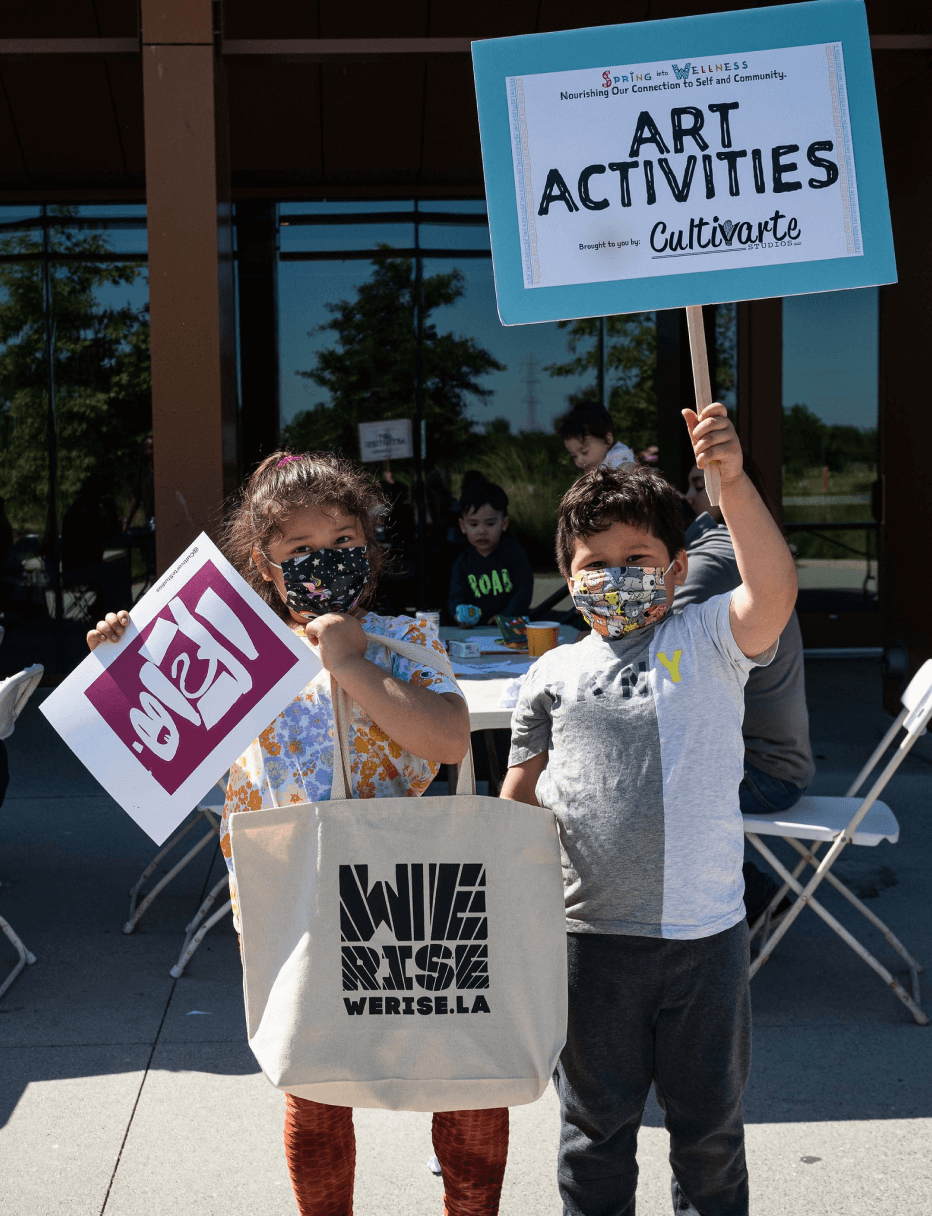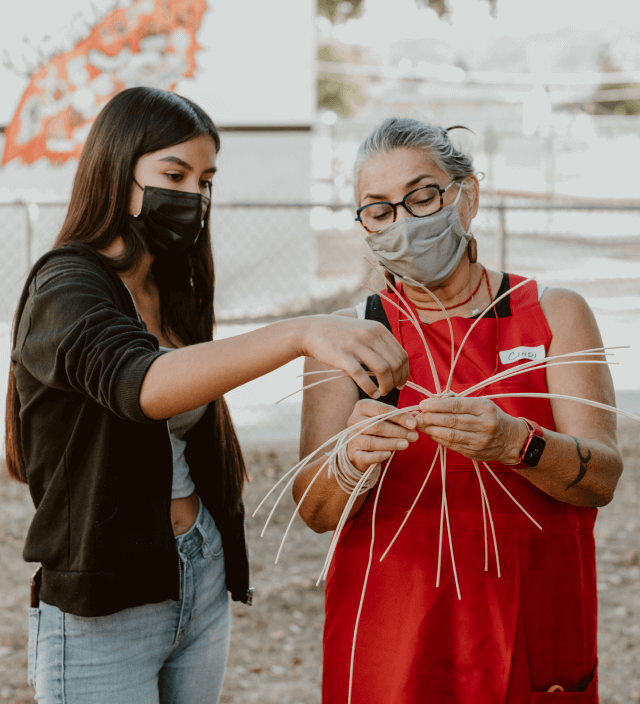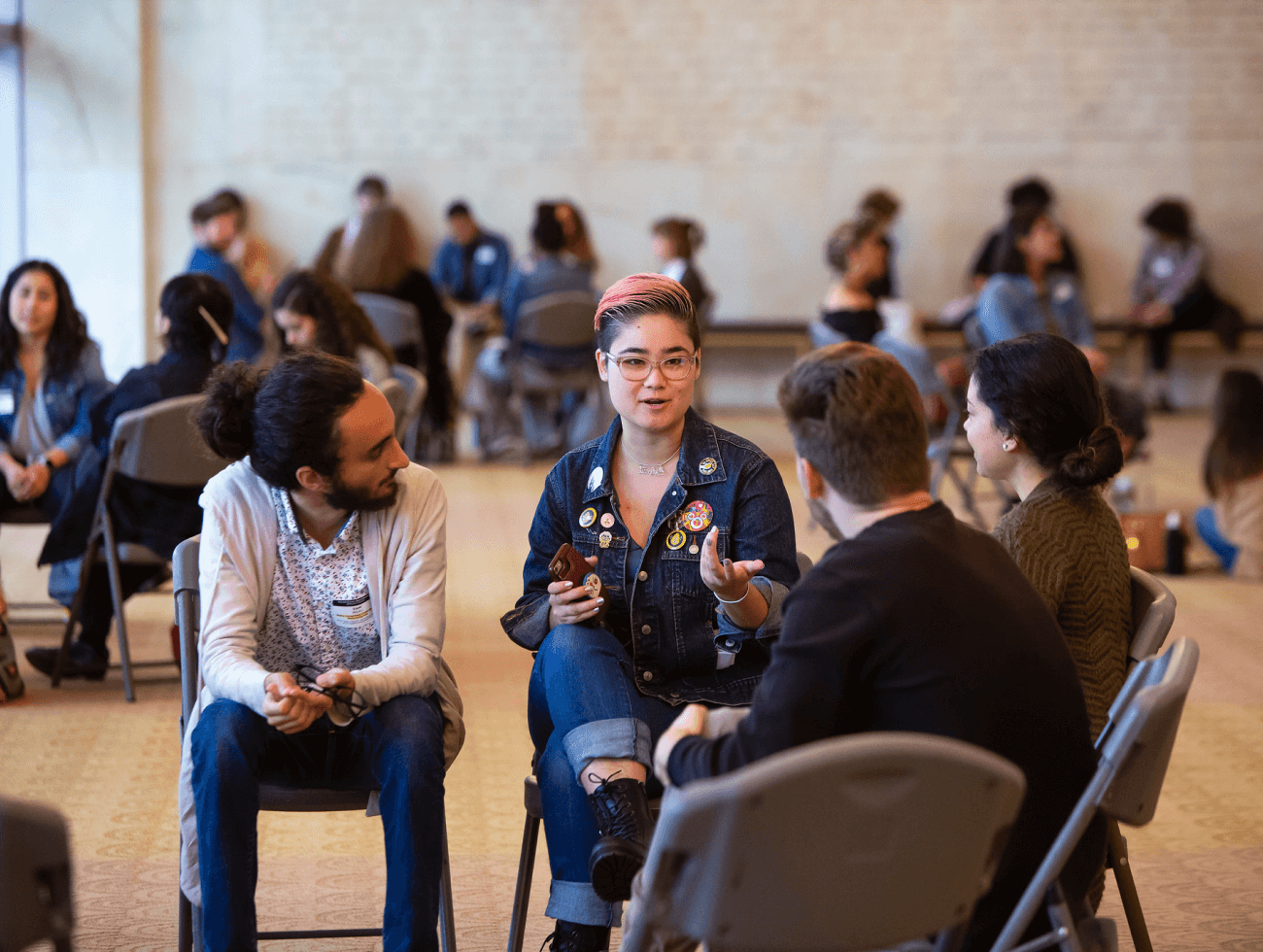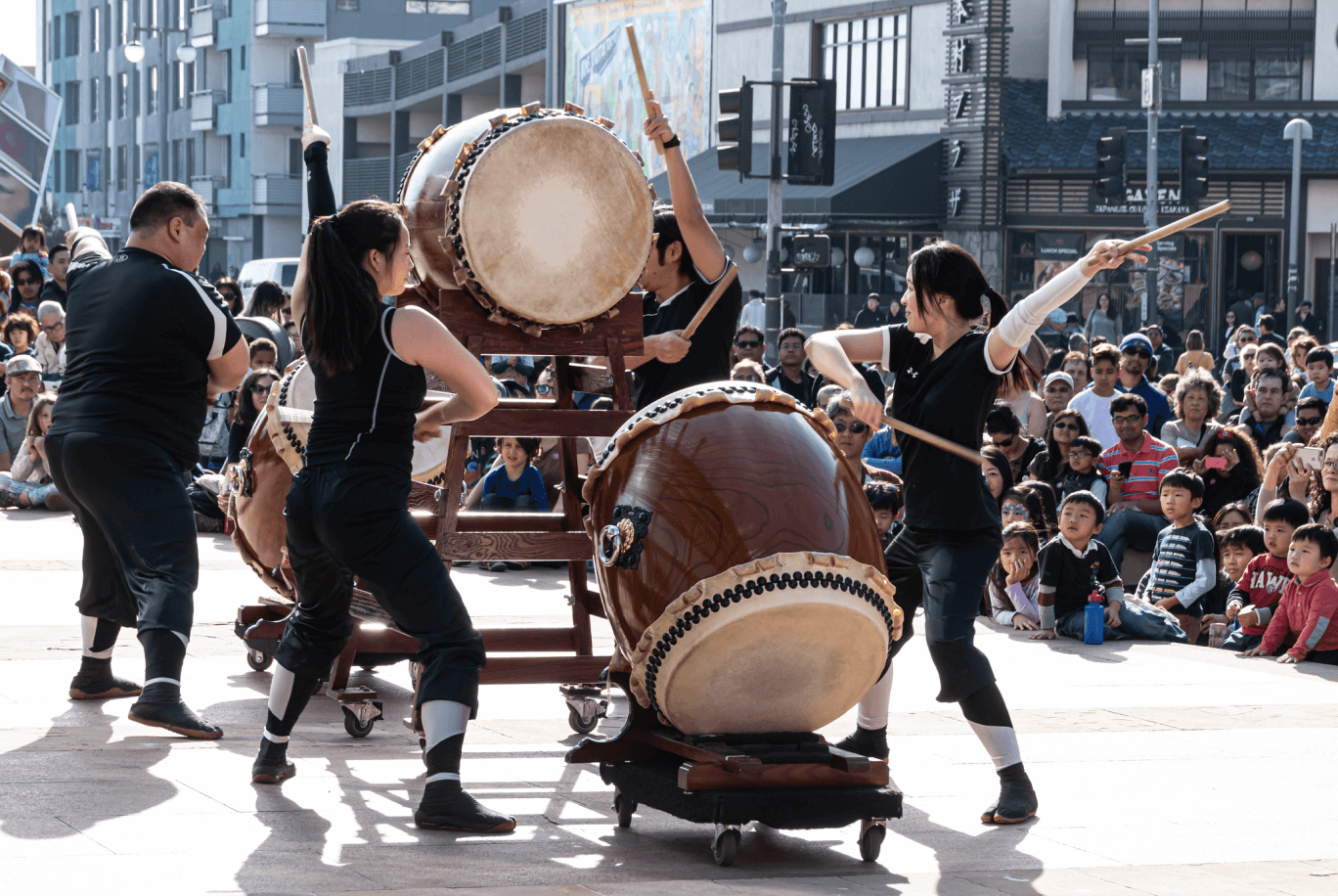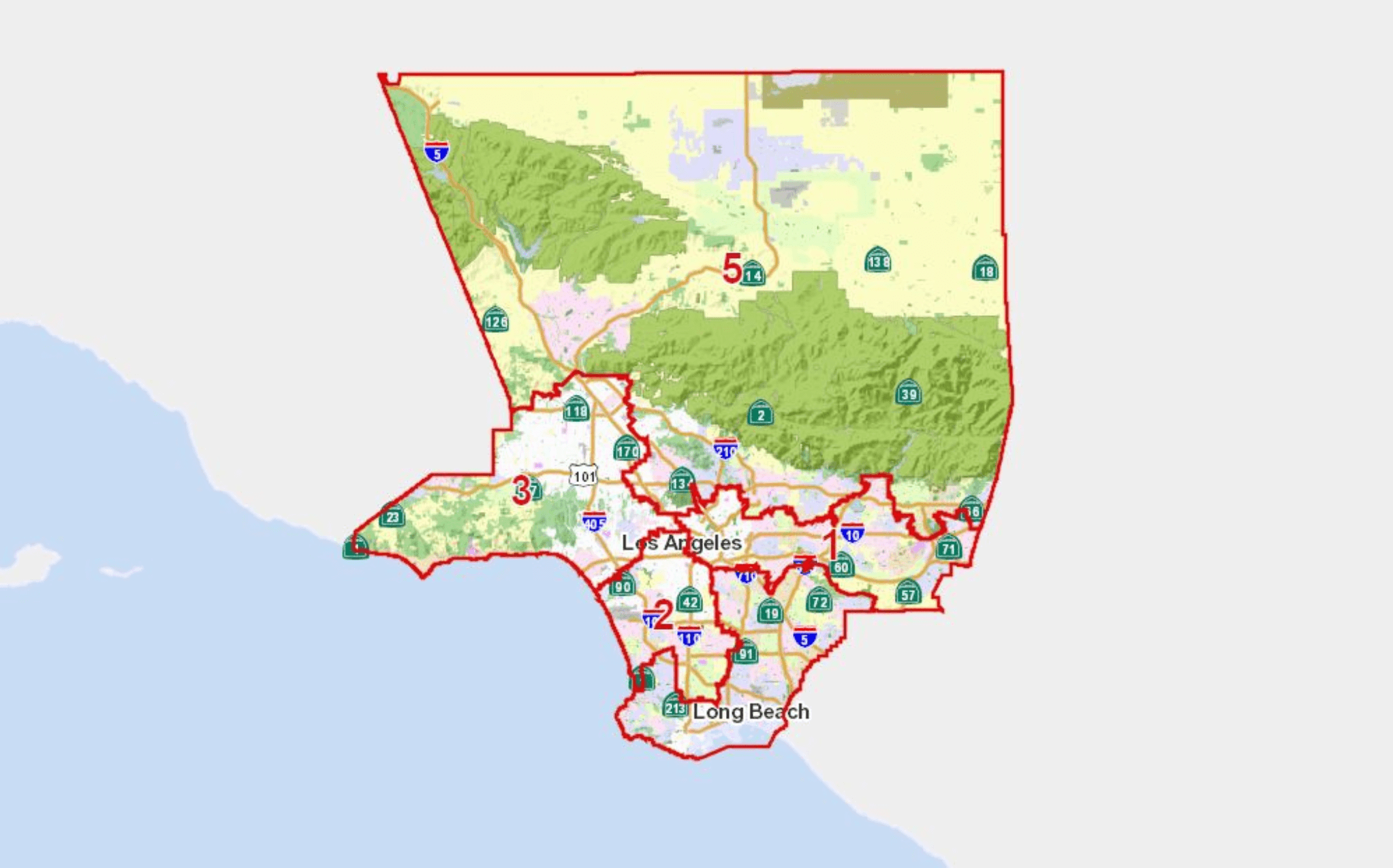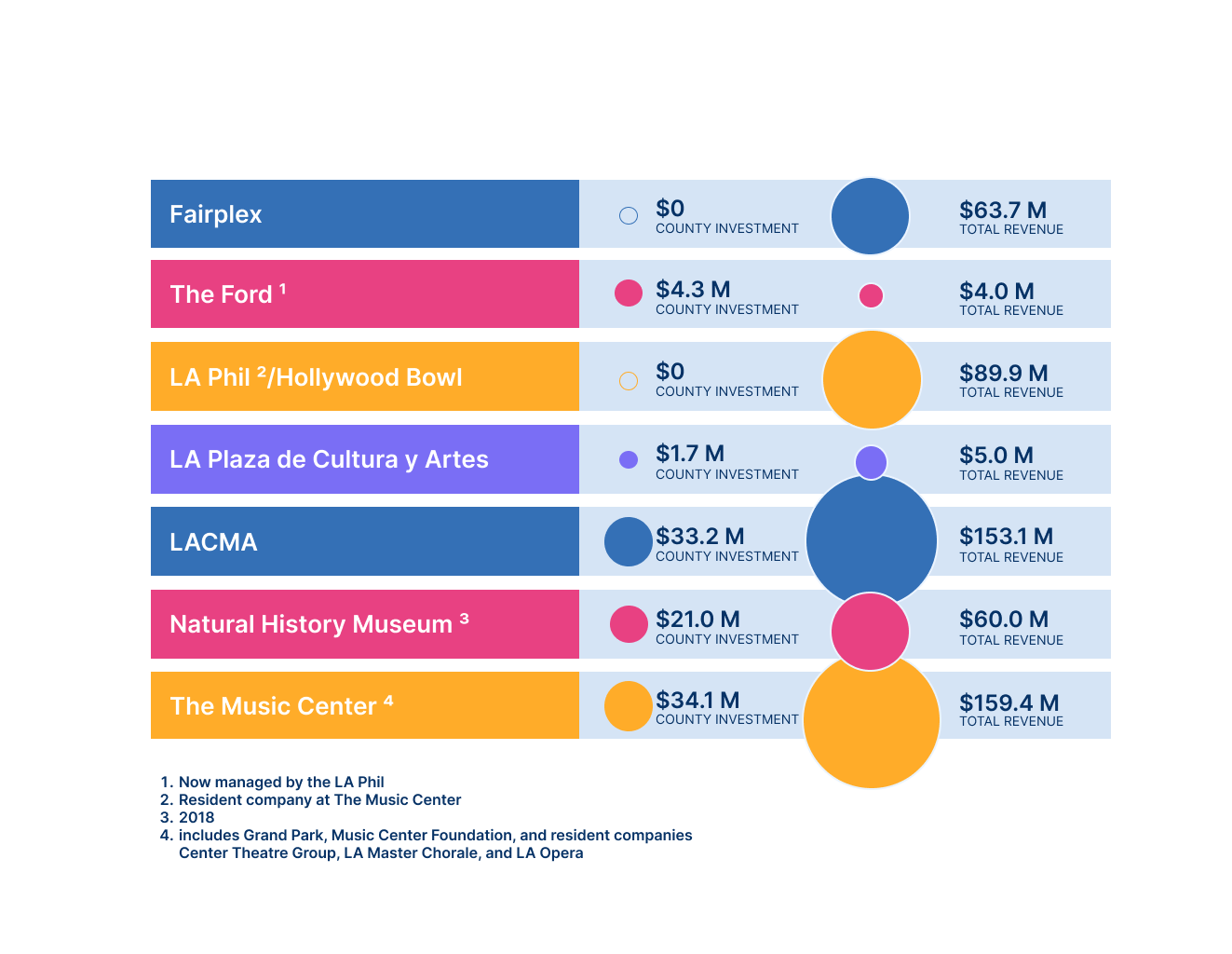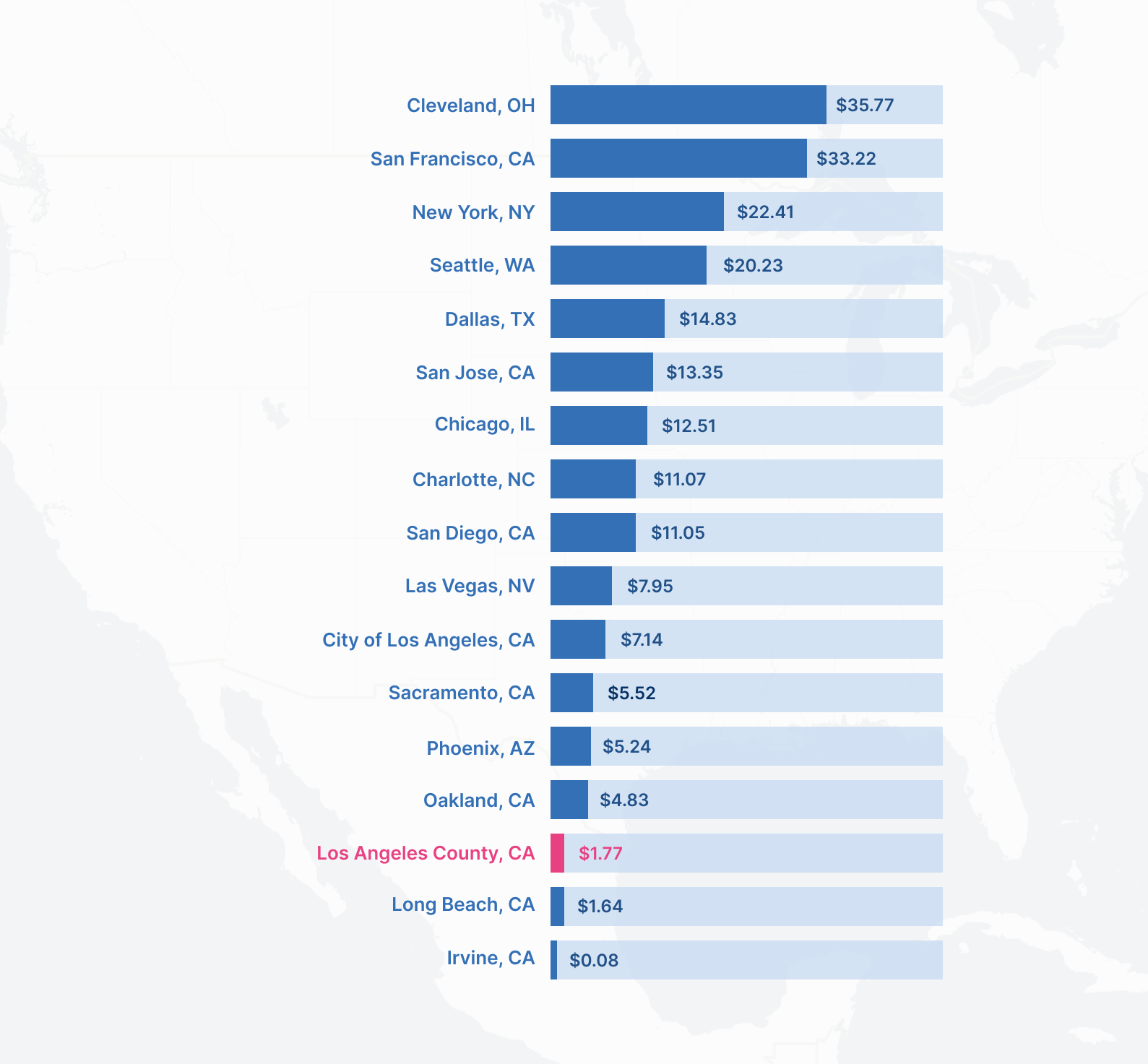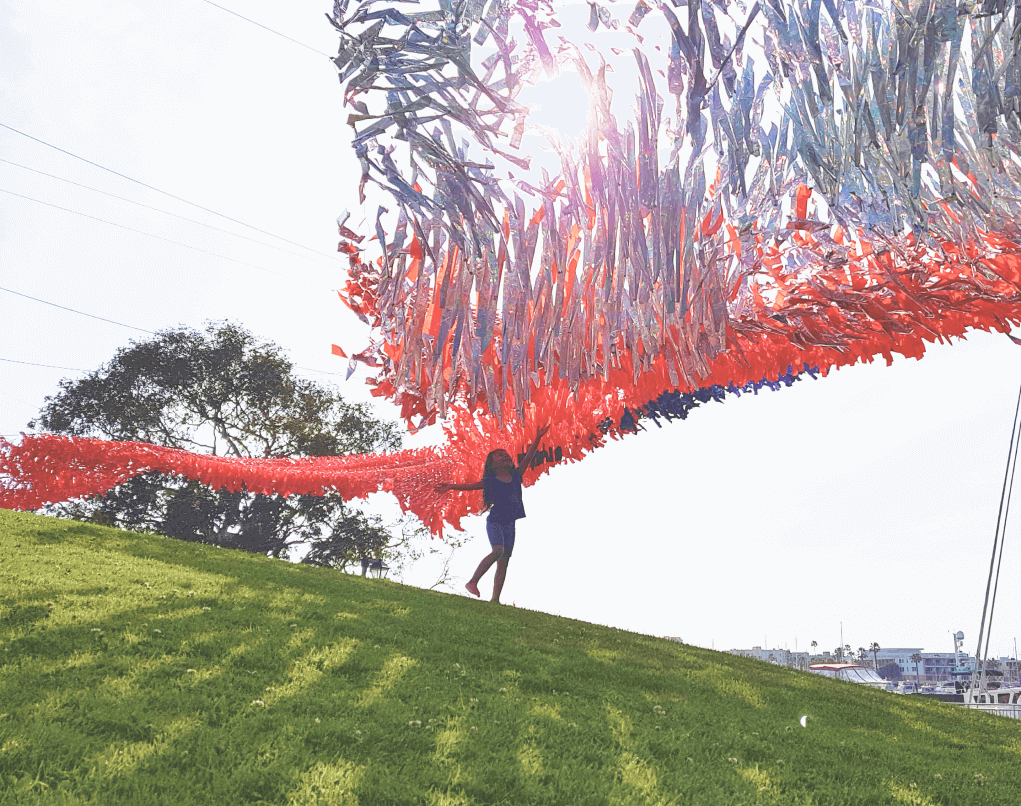LA County is a geographical region where 10 million people live. About 9 million of them live in 88 different cities. The largest is the City of Los Angeles, with nearly 4 million residents. Another 1 million live in unincorporated areas.
The County of Los Angeles (or LA County government ) is also the name of the government that provides a wide range of services to the people who live within the geographical region of LA County, from Public Health to Social Services to Arts and Culture.
This story map shows how the LA County government invests in arts and culture across the LA County region.
WHAT DO WE MEAN WHEN WE SAY “ARTS AND CULTURE”?
When we say “arts and culture” in this study, we mean a broad range of activities. This could be formal activities that take place in museums or theaters, or that involve attending events, or viewing art created by professional artists.
It can include participatory arts education or classes where youth, families, or people of any age learn how to play an instrument, engage in arts learning, cook healthy food or engage in any form of a creative activity. It can also include informal activities where young people have an opportunity to express themselves through creative writing, drawing, singing, or playing music. It includes ticketed events with prescribed beginning and end times, or free informal events where people come and go as they like. Tip: This storymap is best viewed on a computer screen at full size.
